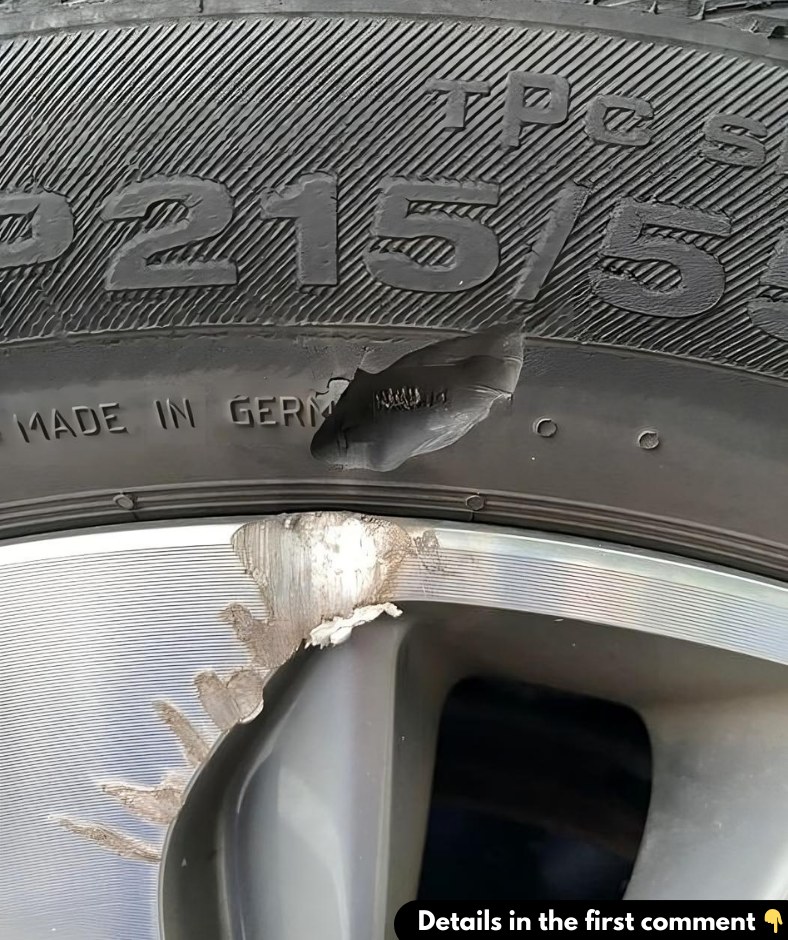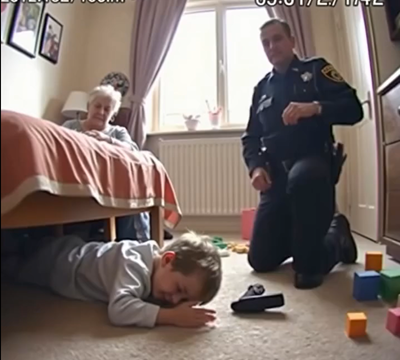Finding damage on your girlfriend’s car, especially on the tires or rims, can be unsettling. It’s common to notice cuts on the tire’s sidewall or scratches on the rim, also known as curb rash. But what do these damages mean? Should you be worried, and how can they be fixed? This article will break down what these issues are, their causes, and the steps to take to ensure the car remains safe and reliable.

Understanding Sidewall Damage: Why It’s a Big Deal
The sidewall is one of the most vulnerable parts of a tire. Unlike the tread, which is designed for constant road contact, the sidewall is thinner and more prone to cuts, punctures, and even cracking.
What Causes Sidewall Damage?
Sidewall cuts can happen when the tire brushes against sharp edges like curbs, debris, or rough potholes. Low tire pressure can also be a factor, as underinflated tires flex more, making them more likely to sustain damage.
Why It’s a Serious Concern
Sidewall damage is not just a cosmetic issue; it’s a serious safety risk. The sidewall supports much of the tire’s load and flexes as you drive. Unlike tread punctures, sidewall damage cannot be effectively repaired. Driving on a tire with a damaged sidewall increases the risk of a blowout, which can be extremely dangerous, especially at high speeds. If you notice a deep cut, the best course of action is to replace the tire immediately.
What Causes Curb Rash on the Rim?
Curb rash refers to the scratches or abrasions found on the rim. It’s usually the result of the car scraping against the curb while parking or making a tight turn.
Why Rims Get Damaged
Rim damage occurs when the sidewall of the tire makes hard contact with curbs or rough surfaces. This is common in situations where drivers misjudge turns or park too close to the curb, particularly in narrow streets or busy parking lots.
Is Curb Rash a Major Issue?
While curb rash does not pose an immediate safety risk like sidewall damage, it can lead to long-term issues. Deep scratches weaken the rim’s structure and can affect the tire’s ability to maintain a proper seal, leading to slow air leaks. If the damage is mostly cosmetic, it can usually be fixed by a professional. However, if the scratches are severe or if the rim is bent, replacement may be necessary.
What to Do When You Notice Tire or Rim Damage
If you spot any damage on the car, it’s important to act promptly. Here’s what you should do:
- Inspect the Tire Thoroughly
Examine the sidewall for cuts or cracks. If the cut is deep enough to expose the inner structure, do not continue driving. In this case, call a tow service to transport the car safely to a tire shop. - Check the Tire Pressure
Sidewall cuts can cause rapid air loss. Use a tire pressure gauge to ensure the tire is holding air. If the pressure is low, inflate it temporarily and drive slowly to the nearest service center. - Evaluate the Rim
Look for scratches, bends, or cracks on the rim. Minor scratches can be repaired, but severe damage like bending or cracking requires replacement to avoid driving issues like vibrations or poor handling.
Why You Must Replace a Tire with Sidewall Damage
If sidewall damage is found, replacing the tire is crucial. Here’s why:
- No Reliable Repairs: Unlike tread punctures, sidewalls cannot be safely patched. The sidewall endures high pressure and stress, making it unsafe to drive on once compromised.
- High Blowout Risk: A weakened sidewall significantly increases the risk of a blowout, which can be catastrophic at high speeds.
- Immediate Replacement: To ensure safety, replace the tire as soon as possible. Driving on a damaged sidewall endangers everyone in the car.
Repairing Curb Rash: What Are Your Options?
While curb rash primarily affects the car’s appearance, it’s still worth fixing, especially if it compromises the rim’s integrity.
- DIY Kits: For minor scratches, DIY repair kits can help. These kits typically include sandpaper, filler, and paint to restore the rim’s look. However, they won’t fix deep gouges.
- Professional Repair: If the damage is more significant, take the rim to a professional. They can use techniques like sanding, buffing, and repainting to restore the rim.
- When to Replace the Rim: If the rim is bent or cracked, it’s best to replace it. Driving on a damaged rim can cause vibrations, handling issues, and even affect tire longevity.
Could the Damage Indicate a Bigger Problem?
Tire and rim damage can happen to anyone, but frequent occurrences could signal underlying issues.
- Driving Habits: Repeated sidewall damage or curb rash might suggest a habit of driving too close to curbs or making aggressive turns. It’s worth discussing this with your girlfriend to prevent further incidents.
- Alignment and Suspension Problems: Frequent tire damage may indicate alignment or suspension issues. It’s wise to have the car inspected to rule out these potential problems.
- Parking Choices: Regularly parking in tight spaces or along busy streets increases the likelihood of sidewall and rim damage. Opt for wider parking spaces when possible.
Conclusion: Address Damage Quickly
Finding sidewall cuts or curb rash can be concerning, but prompt action is key to maintaining safety. While sidewall damage requires tire replacement, curb rash can often be repaired, depending on the severity. Be proactive, address these issues immediately, and consider changing parking habits to prevent similar damage in the future. Staying on top of tire and rim maintenance ensures a safer driving experience for everyone.





